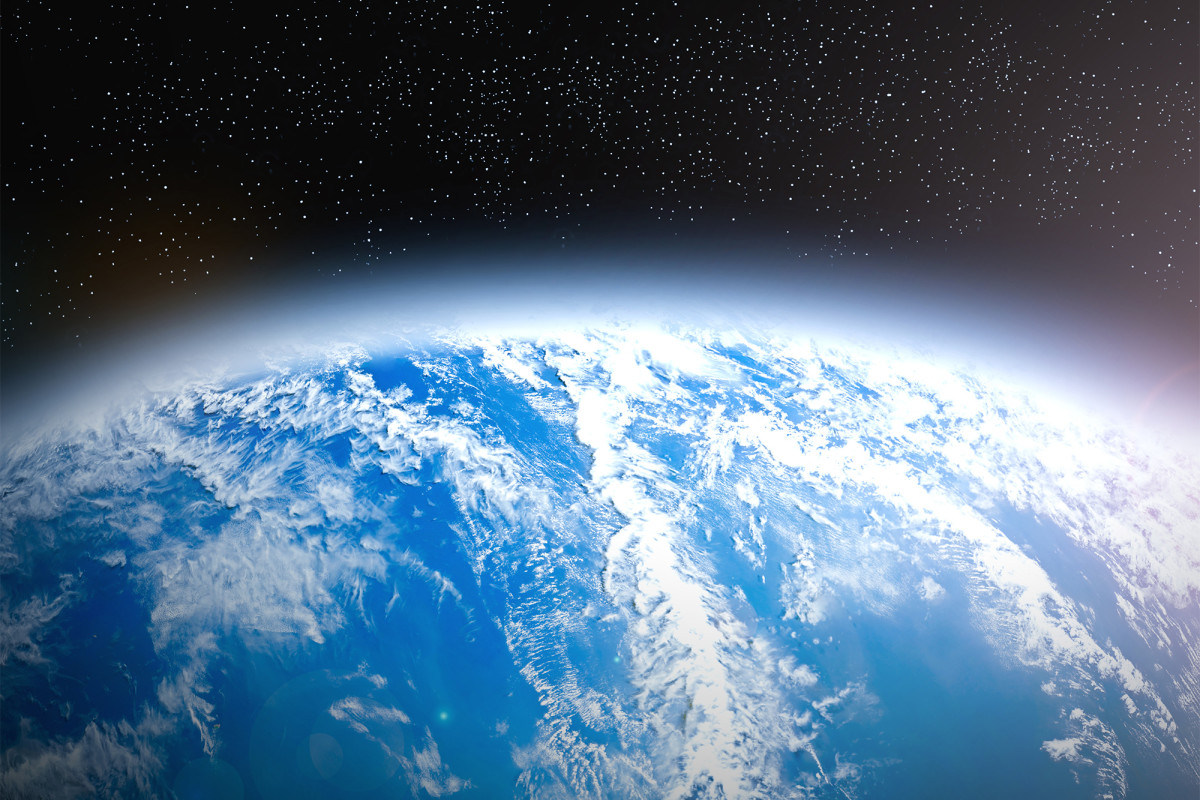11 Dec 2024

Tired Earth
By The Editorial Board

The protective shield in Earth’s atmosphere had been thinning out before scientists raised the alarm about the impact of chlorofluorocarbons (CFCs) in the 1980s.
As a result of bans introduced by global governments, the upper ozone layer above the Northern Hemisphere should be completely restored in the 2030s.
A gaping hole in the ozone over the Antarctic won’t disappear until later – sometime in the 2060s, according to a scientific assessment released on Monday at a conference in Quito, Ecuador.
The ozone layer in the Southern Hemisphere should be repaired by mid-century.
“It’s really good news,” said report co-chairman Paul Newman, chief Earth scientist at NASA’s Goddard Space Flight Center.
“If ozone-depleting substances had continued to increase, we would have seen huge effects. We stopped that.”
The ozone layer starts around six miles above the Earth and protects the planet from the Sun’s cancer-causing ultraviolet rays.
Use of CFCs in aerosol sprays and refrigerator coolants began eating away at the ozone in the 1970s.
But in 1987, countries around the world agreed in the Montreal Protocol to phase out CFCs and businesses came up with replacements for spray cans and other forms of the harmful chemicals.
At its worst in the late 1990s, about 10 per cent of the upper ozone layer was depleted.
“Evidence presented by the authors shows that the ozone layer in parts of the stratosphere has recovered at a rate of 1 to 3 percent per decade since 2000,” said the UN Environment and the World Meteorological Organization.
If nothing had been done to stop the thinning, the world would have destroyed two-thirds of its ozone layer by 2065, said Mr Newman.
However, the University of Colorado’s Brian Toon, a climate scientist who was not part of the UN report, urged caution.
“We are only at a point where recovery may have started,” said Mr Toon.
One potential problem is that new technology has found an increase in emissions of a particular kind of banned CFC in east Asia, the report noted.
And replacements now being used to cool cars and refrigerators need to be replaced themselves with chemicals that don’t make global warming worse, Mr Newman said.
An amendment to the Montreal Protocol that goes into effect next year would cut the use of some of those gases.
“I don’t think we can do a victory lap until 2060,” Newman said. “That will be for our grandchildren to do.”
Source : www.independent.co.uk
Comment